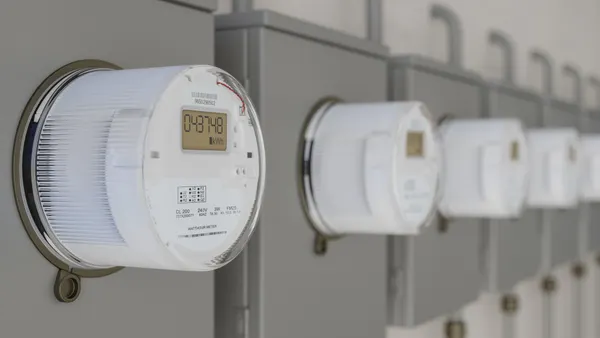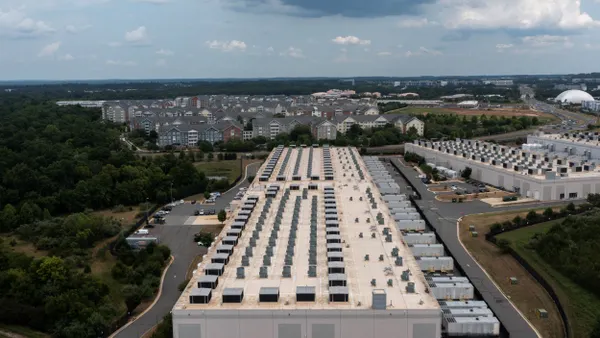Dive Brief:
- The New Jersey Board of Public Utilities on Monday released a draft plan that aims to help the state achieve 100% clean energy by 2050, relying on a mix of electrification, renewables, energy storage, nuclear energy and grid modernization.
- In the near-term, the plan calls for developing 600 MW of energy storage by 2021 and deploying 330,000 light-duty electric vehicles by 2025.
- New Jersey joins a growing list of states that have committed to carbon-free energy. Its plan leaves the door open for nuclear power and in April the state approved up to $300 million in annual subsidies for nuclear plants owned and operated by the state's largest utility, Public Service Enterprise Group (PSEG).
Dive Insight:
Along with Puerto Rico and the District of Columbia, nine states are now pressing to transition away from energy sources that generate greenhouse gas emissions, but specific approaches to the goal depend on resource mixes and geographies.
Hawaii, D.C., Minnesota, Maine and Puerto Rico are all considering how to reach 100% renewables. California, Nevada, New Jersey and others, are pursuing strategies that could include nuclear generation.
According to solar booster Energy Sage, the landscape for clean energy goals now looks like this:
New Jersey's plan will focus on seven strategies:
- Reducing emissions and energy consumption in the transportation sector
- Accelerating deployment of renewables and distributed resources
- Maximizing efficiency and reducing peak demand
- Reducing energy use and emissions from buildings
- Grid modernization efforts
- Incentives for local generation and community energy planning
- Expanding the state's Clean Energy Job Training program and the clean energy economy
"The strategies set forth in this draft plan will foster economic growth by creating thousands of jobs in New Jersey's energy, building, and transportation sectors," Gov. Phil Murphy, D, said in a statement.
Along with near-term energy storage deployments, the plan calls for 2,000 MW of energy storage and 3,500 MW of offshore wind capacity by 2030.
New Jersey already has "one of the lowest carbon electricity generation sectors in the U.S.," the draft plan says. In 2018, the vast majority of the state's electricity was generated through a mix of natural gas (51.6%) and nuclear (42.5%), with renewable energy generation approaching 5%.
PSEG is still reviewing the draft plan, but is "pleased to see the state of New Jersey taking a leading role in creating a roadmap towards a clean energy future," it told Utility Dive in a statement. "We look forward to remaining an active participant in the process," the utility added.
The BPU will take comments on the proposal until Sept. 16, and has scheduled three public meetings to hear feedback.
Regulators also say they are also developing an Integrated Energy Plan that will model scenarios reflecting the master plan's strategies to reach 100% clean energy in the most cost-effective manner. The state's final energy plan will include that modeling, said regulators, as well as further stakeholder input.














